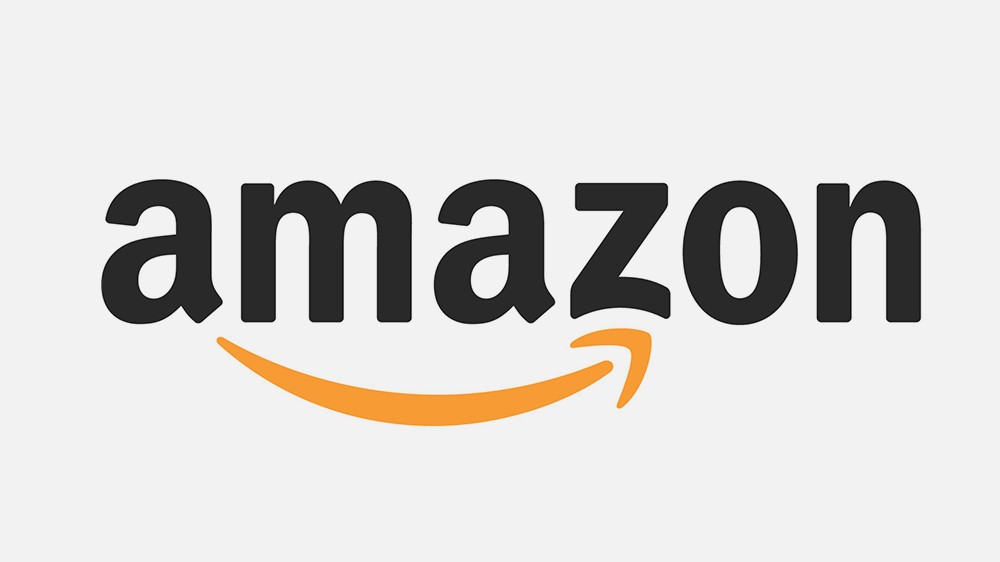
It started as an online bookstore, but today Amazon is a behemoth in all areas of e-commerce, fuelled by a strong Marketplace network of third-party sellers, an ever-expanding range of goods from groceries to fashion, and a very popular loyalty program in the form of Prime.
Now, it is fast approaching a tipping point where more people will be spending money online with Amazon, than with all other retailers — combined. Amazon’s next-closest competitor, eBay, a very, very distant second at 6.6 percent, and Apple in third at 3.9 percent. Walmart, the world’s biggest retailer when counting physical stores, has yet to really hit the right note in e-commerce and comes in behind Apple with 3.7 percent of online sales in the US.
Amazon is set to clear $258.22 billion in US retail sales in 2018, according to eMarketer’s figures, which will work out to 49.1 percent of all online retail spend in the country, and 5 percent of all retail sales.https://t.co/OE7340nKoq pic.twitter.com/K11OKqTWWH
— Matija Grcic (@matijagrcic) July 13, 2018
The figures — which eMarketer says are estimates “based on an analysis of quantitative and qualitative data from research firms, government agencies, media firms and public companies, plus interviews with top executives at publishers, ad buyers and agencies” — are also remarkable not because of their size, but because of Amazon’s pace has not slowed down. Its sales are up 29.2 percent versus a year ago, when it commanded 43 percent of all e-commerce retail sales.
The rocket ship for Amazon’s growth at the moment is its Marketplace — the platform where Amazon allows third-party sellers to use its retail and (if they choose) logistics infrastructure to sell and deliver items to Amazon shoppers. It’s currently accounting for 68 percent of all retail sales, working out to nearly $176 billion, versus 32 percent for Amazon’s direct sales, and eMarketer projects that by the end of this year, Marketplace’s share will be more than double that of Amazon’s own sales (it’s already about double).
It’s no wonder that so many other online commerce businesses are chasing the marketplace model, which essentially creates transactions on two fronts for the platform operator, thereby improving margins that might be cut by not selling items directly.
“The continued growth of Amazon’s Marketplace makes sense on a number of levels,” eMarketer principal analyst Andrew Lipsman notes in the eMarketer report. “More buyers transacting more often on Amazon will naturally attract third-party sellers. But because third-party transactions are also more profitable, Amazon has every incentive to make the process as seamless as possible for those selling on the platform.”
In terms of popular categories, consumer electronics and tech continue to be the leading product category: eMarketer projects sales of $65.82 billion, around one-fourth of all turnover. Second will be apparel and accessories, which will pull in $39.88 billion of sales. Third in 2018 are health, personal care and beauty with $16 billion. Fourth is food and beverage at a distant $4.75 billion.
All of these are already up by 38 percent or more over a year ago (see the full table below), but what’s perhaps most notable is how Amazon has been investing in being a direct player in each of the categories as well.
In tech, it has its Kindles and Fire tablets, Fire TV, and of course its huge hit Alexa-powered Echo devices, among many other products. Apparel is being pushed heavily in the company’s private-label efforts. Amazon just the other week announced that it was acquiring online drug seller PillPack for $1 billion, which will be a major lever in its wider health products and services strategy. And lastly, there is Amazon’s acquisition of Whole Foods and its much wider play around meal kits and its server-free physical shops. The physical aspect, eMarketer believes, will play a strong role in Amazon’s growth in this category.
“Amazon’s strategy for food and beverage is no different, in some respects, than it was for books—dominate the category,” eMarketer senior analyst Patricia Orsini notes in the report. “However, e-commerce in the grocery sector is a challenge. Share of online sales in this category is low because most people, for a host of reasons, prefer to buy food in brick-and-mortar stores. Amazon has an advantage because its shopper base is comfortable with shopping online. Along with insights gathered about Whole Foods shoppers, Amazon probably has the best chance of converting in-store grocery buyers to online grocery buyers.”
All of these will not just boost Amazon’s own direct sales but help create an environment for people to come to Amazon to buy either these at price-busting rates, or other-brand alternatives.


.jpeg)

